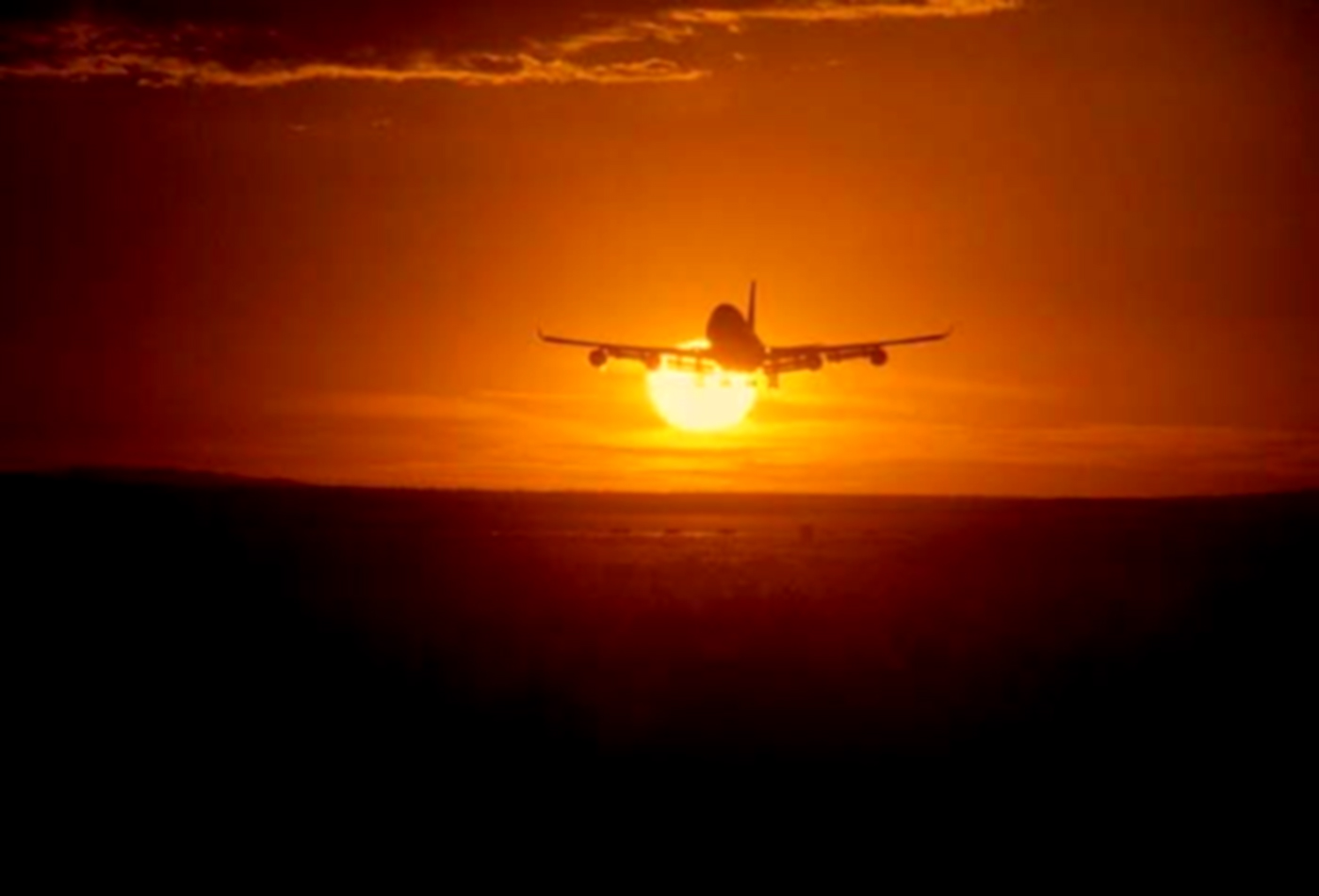While it seems the whole world is focused on apps, smartphones and software, Arizona is home to other high-value industries that are making huge contributions to the economy.
So it is no surprise that two global major aerospace and defense sector companies, Honeywell Aerospace and Lockheed Martin, took the opportunity recently to showcase the contribution of Arizona to this industry sector.
In April, engineers and designers at Honeywell Aerospace’s facility in Glendale celebrated the successful flight of NASA's Orion spacecraft, launched 3,600 miles into space from Cape Canaveral last December. The hope is that this unmanned flight will allow testing of the spacecraft’s ability to one day carry passengers to Mars. Honeywell helped design many systems on the spacecraft – such as the ability to identify its location in space and its trajectory for safe return to Earth.
According to Honeywell, space programs represent about $750 million in business annually for the company, of which one-third is generated by work done in Arizona. Another test flight is planned for 2018.
In another event, Lockheed Martin and Honeywell Aerospace showcased the F-35 Lightning II fighter jet to staff involved in building various parts for the aircraft. The set-up took place at Honeywell Aerospace near Phoenix Sky Harbor International Airport. Manufacturing of these planes will have a strong long term economic impact for Arizona, especially as the F-35 is expected to become the U.S. military's primary fighter jet. The F-35 program is thought to have created 3,200 direct and indirect jobs with an economic impact of $216 million in Arizona.
These are just two among the many examples of the impact of Arizona on the aerospace and defense industry globally.
Raytheon manufactures guided missiles in Tucson; General Dynamics C4 Systems is innovating in the development of secure communications networks, radios and satellite technology at its Scottsdale facility; Northrop Grumman develops unmanned aerial systems in Sierra Vista; and L3 Communications builds electro-optical components for weapon sights and goggle systems at its Tempe facility.
In fact, Arizona has the third-largest aerospace and defense supply chain nationally. The industry pumps $38 billion each year into Arizona’s economy, and the state is home to 1,200 aerospace and defense companies.
Arizona also benefits from an attractive environment for this sector: a dry, sunny climate, miles of wide open space, an innovative culture, advanced manufacturing capabilities, a pro-business regulatory climate and an unwavering commitment to America’s military.
Arizona boasts critical defense installations such as the Davis-Monthan Air Force Base in Tucson and the Yuma Proving Grounds, both of which are developing technologies and processes indispensable to America’s security. Luke AFB is home to the world’s largest F-16 Fighter base and is the jet’s main training site. The army’s Fort Huachuca is home to the Army Electronic Proving Ground, the capabilities of which include an electromagnetic environmental test facility, a 300-acre antenna test facility, and the communication systems and networks facility.
The success of Arizona’s aerospace and defense industry is largely due to a strong established ecosystem that encourages higher education and workforce development for this sector, with many university programs as well as statewide strategic partnership collaborations between private employers, public agencies, educational institutions and civic organizations.
This sector clearly has a well-developed ecosystem in Arizona supported by appropriate local and natural resources, a highly educated workforce enhanced by cutting edge research initiatives in space and defense, and a track record in securing major national and global contracts in this industry - an excellent platform for the growth of the aerospace and defense industry in the state.




